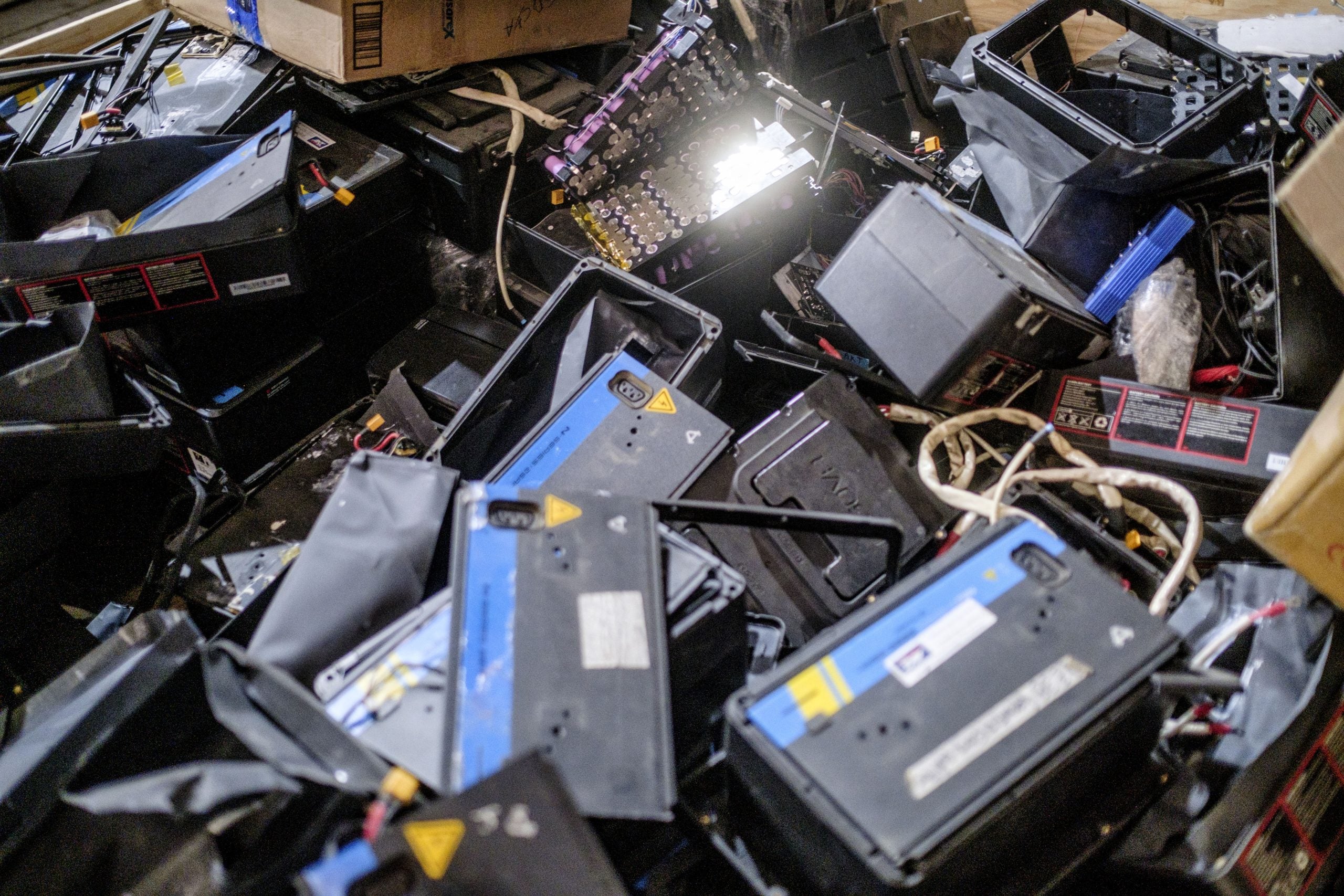-
Shopping Tools
-
Care & Maintenance
-
About
-
Dealer Login

Safely dispose of old golf cart batteries by using retailers, HHW drop-offs, or certified recyclers—protect the environment, avoid fines, and even earn credit.
Old lead-acid packs are 99% recyclable, but they must be handled correctly. Whether you’re upgrading your golf cart or replacing a tired pack, this guide explains where to take used batteries, the best disposal methods, what fees to expect, and how to prepare them for transport—step by step.
Short answer: Return them through a retailer or certified recycler that provides documentation of proper handling. Here’s a simple, safe process:
Handle it as hazardous. Place the unit in a plastic tote lined with absorbent material (kitty litter or pads), wear PPE, and transport it directly to an HHW facility or certified recycler. If the spill is significant, contact your local HHW hotline for instructions before moving it.
Where can I get rid of old golf cart batteries?
Return them to battery retailers, golf cart dealers, municipal HHW facilities, or certified recycling centers. Many auto parts stores accept them year-round.
What’s the best way to dispose of old batteries?
Use a certified recycler or retailer take-back program, keep batteries upright with terminals insulated, and request documentation of proper recycling.
Are there fees?
Often no—many programs are free or offer core refunds/payouts for lead-acid. Lithium acceptance may vary and sometimes includes a handling fee.
Choosing a reputable recycler protects people and the planet—and may put cash or credits back in your pocket. Call ahead, prepare batteries safely, and drop them at a certified site. With a little planning, you’ll recycle responsibly and keep your golf cart project moving without the mess.
